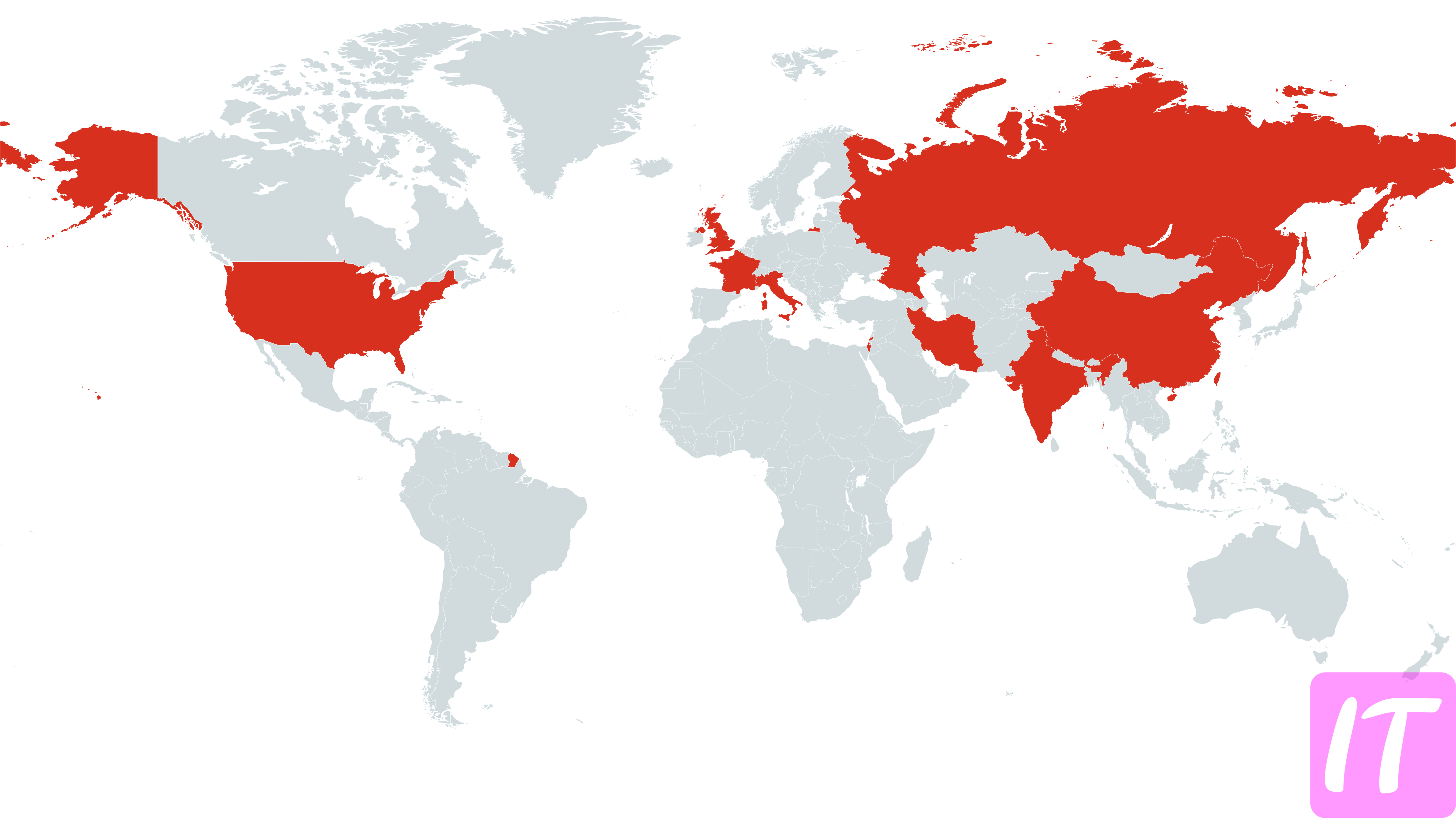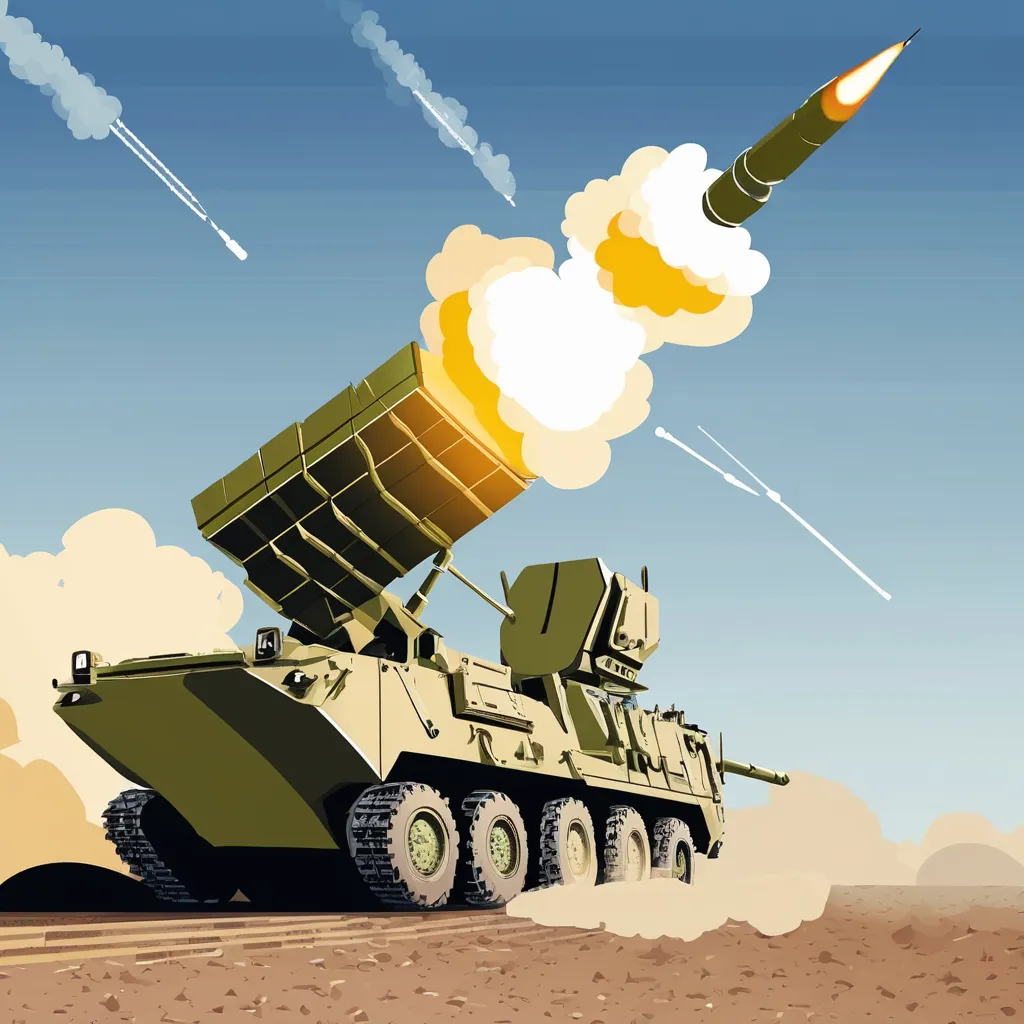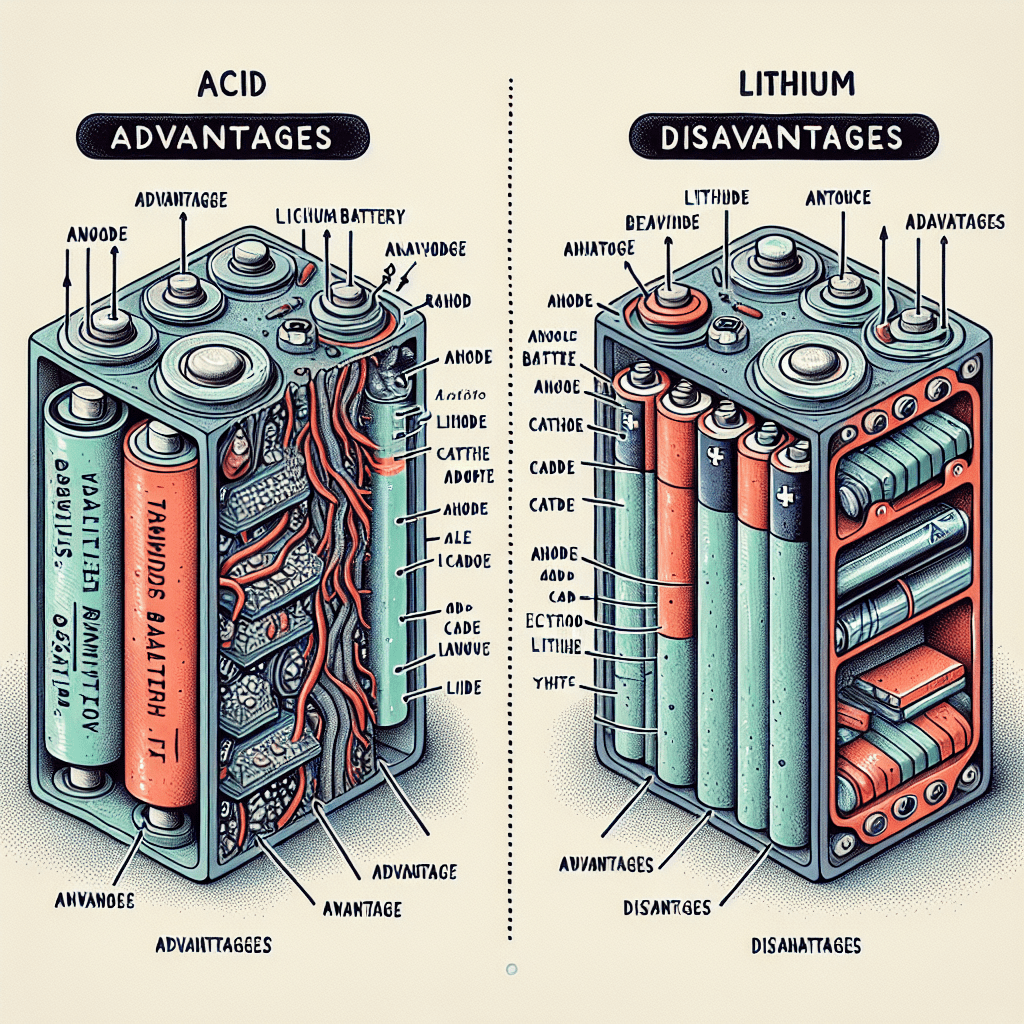Imagine a world where nations race to outdo each other not just in aerospace exploration but in defending their skies. In this high-stakes arena, some countries stand out for their impenetrable air defense systems. But, which country leads the pack with these complex networks of radars, missiles, and state-of-the-art technology?
The United States arguably holds the title for the strongest air defense in the world. With its massive investment in cutting-edge technologies and its strategic implementation of systems like NORAD and THAAD, the U.S. has created a nearly impenetrable aerial shield. Furthermore, historical investments since the Cold War have solidified America’s capability to detect, intercept, and neutralize airborne threats efficiently.

Which country has the strongest air defense in the world?
When it comes to air defense, the United States is often viewed as having the strongest system worldwide. The U.S. has heavily invested in advanced technology, including the Ground-based Midcourse Defense (GMD) system. This system is designed to intercept ballistic missiles during their midcourse phase. To bolster its defenses, the U.S. also utilizes the Terminal High Altitude Area Defense (THAAD) and Patriot systems. Together, these create a multi-layered defense strategy.
Other countries with robust air defense systems include Russia and Israel. Russia’s S-400 and S-500 systems are known for their range and precision. These systems are capable of targeting multiple aircraft and missiles at once. Israel uses the Iron Dome, which intercepts short-range rockets and artillery. The technology and tactics employed by these countries showcase their advanced capabilities.
Turkey also stands out with its national air defense strategy. They have recently added the Russian S-400 system to their arsenal. This has increased their ability to detect and engage airborne threats. In Europe, Germany’s defense is mainly built around the Patriot missile system. NATO alliances also play a key role in bolstering the region’s overall defense.
China is rapidly modernizing its air defense infrastructure as well. The HQ-9 missile system is highly advanced and mirrors some of the capabilities of the U.S. Patriot system. China is focusing on both regional security and extending its reach internationally. Their air defense includes a mix of imported and domestically produced technologies. This makes them an emerging leader in the realm of air defense.
The U.S. Air Defense System
The U.S. Air Defense System is a complex network of technologies designed to protect the country from airborne threats. One of its core components is the Ground-based Midcourse Defense (GMD) system. GMD is specially crafted to intercept ballistic missiles in their midcourse phase. Located primarily in Alaska and California, these interceptors provide critical coverage. The system has been successfully tested multiple times, ensuring its reliability.
Another key element is the Terminal High Altitude Area Defense (THAAD) system. THAAD is designed to shoot down short, medium, and intermediate-range ballistic missiles. This system uses a hit-to-kill approach, which destroys incoming missiles by hitting them directly. THAAD units are deployed worldwide, offering both regional and national protection. The system plays a crucial role in defending U.S. territories and allies.
The Patriot missile defense system is another integral part of the U.S. air defense infrastructure. Patriots are highly mobile and can be rapidly deployed to various hotspots around the globe. The system uses advanced radar to detect and track multiple threats simultaneously. It is extremely versatile, capable of intercepting tactical ballistic missiles, cruise missiles, and aircraft. This versatility makes it invaluable for both domestic and international missions.
Moreover, the U.S. also employs advanced radar systems to detect threats early. Systems like the AN/TPY-2 radar can locate and track ballistic missiles. They provide vital data to interceptors like THAAD and GMD. Early detection allows for timely defensive measures. This layered approach ensures comprehensive protection against a variety of airborne threats.
The Key Elements of a Strong Air Defense
A strong air defense system relies on multiple key elements working together seamlessly. One of the main components is advanced radar systems capable of early threat detection. Early detection allows for timely responses and helps prevent attacks. These radar systems can track various airborne threats, from missiles to aircraft. Accurate tracking is vital for effective interception measures.
Interceptors are another crucial element of air defense. They are designed to neutralize incoming threats. Different types of interceptors are used depending on the threat they target. For example, short-range interceptors handle immediate, nearby threats, while long-range interceptors tackle distant, high-altitude ones. Having a variety of interceptors helps cover different threat scenarios.
Communication and data-sharing networks are essential for a cohesive defense strategy. These networks enable real-time information exchange among various air defense components. Efficient communication ensures that radar systems, interceptors, and control centers are all synchronized. This level of coordination is crucial for a rapid and effective response. It also helps in minimizing errors and maximizing defensive actions.
A strong air defense system also involves robust command and control centers. These centers oversee and manage defensive operations. They make decisions based on the data from radar and communication networks. Command centers are equipped with advanced software to analyze threats and determine the best course of action. An effective command center can significantly enhance the overall efficiency of the air defense system.
Evolution of Air Defense Systems
Air defense systems have come a long way since their inception. Early systems were rudimentary, relying heavily on anti-aircraft guns. These guns had limited accuracy and range. They were often used during World War II to defend against enemy aircraft. As technology advanced, so did the methods of air defense.
The introduction of radar technology marked a significant turning point. Radar allowed for early detection of incoming threats. This gave countries the ability to prepare and respond more effectively. Alongside radar, surface-to-air missiles (SAMs) were developed. These missiles greatly increased the range and precision of air defense abilities.
In the late 20th century, integrated air defense systems became more common. These systems combined radar, missile, and communication technologies. Integration allowed for real-time data sharing between different components. This made the systems more efficient and capable of handling multiple threats simultaneously. NATO countries, in particular, benefited from this collaborative approach.
The development of missile defense systems like the U.S. THAAD and Patriot further enhanced air defense. These systems can intercept missiles during various flight phases. This added another layer of protection against modern threats. They are also highly mobile, allowing for rapid deployment to potential hotspots. Many countries now rely on these advanced systems for their defense.
Modern air defense continues to evolve with new technologies like lasers and drones. Lasers can provide a cost-effective way to intercept low-altitude threats. Drones offer both surveillance and offensive capabilities. These innovations are set to revolutionize how air defense is conducted in the coming years. Countries are investing heavily in these new technologies to stay ahead of potential threats.
Another area of evolution is in cyber defense integrated into air defense systems. Cyber threats can target the communication and radar networks used in air defense. Protecting these networks is crucial for maintaining the system’s integrity. Many countries are now combining traditional air defense with cyber-security measures. This ensures a more holistic approach to national security.
Future Developments in Air Defense Technology
New advancements in air defense technology are set to change the landscape of national security. One of the most exciting developments is the use of artificial intelligence (AI). AI can process data at incredible speeds, helping to identify and respond to threats faster. It can also learn from past incidents, improving future responses. This technology will make air defense systems more efficient and accurate.
Directed energy weapons, such as lasers, are another promising technology. Lasers can target and destroy incoming threats at the speed of light. They offer a cost-effective solution for handling multiple, low-altitude dangers. Unlike traditional missiles, lasers have unlimited ammunition as long as they have power. This makes them an ideal solution for continuous defense.
Hypersonic missiles pose new challenges and opportunities for air defense. These missiles travel at speeds exceeding Mach 5, making them hard to intercept. However, advancements in interceptor technology are underway to counter these threats. Countries are developing systems specifically designed to target hypersonic missiles. This will be essential for future defense strategies.
Another innovative area is the integration of drones into air defense systems. Drones can provide real-time surveillance and quick offensive capabilities. They can detect threats early and even engage them directly. This adds another layer of versatility to defense strategies. Both large and small drones are being considered for these roles.
Cybersecurity is becoming increasingly vital in air defense technology. Modern systems rely heavily on data and communication networks. Protecting these networks from cyber-attacks is essential. Countries are investing in more advanced cybersecurity measures to ensure their air defense systems remain robust. This includes both software and hardware solutions.
Lastly, advancements in materials science are contributing to the next generation of air defense systems. New, lightweight materials can improve the mobility of defense units. These materials can also enhance the durability of interceptors and radars. Research in this area aims to create more resilient and flexible defense systems. Innovations in this field will likely have a significant impact on future air defense capabilities.

Frequently Asked Questions
Here are some common questions and answers related to air defense systems around the world. This will help you understand their complexities and strengths better.
1. What is the function of the THAAD system?
The Terminal High Altitude Area Defense (THAAD) system intercepts short, medium, and intermediate-range ballistic missiles. It uses a hit-to-kill approach to destroy incoming threats by directly colliding with them.
THAAD units are globally deployed to protect both U.S. territories and allied regions. The system enhances existing missile defense layers, making it a crucial element in modern air defense strategies.
2. How do radar systems contribute to air defense?
Radar systems detect and track airborne threats like missiles and aircraft early on. Early detection allows time for defensive measures to be activated effectively.
Modern radar systems provide real-time data, enabling quick decision-making in command centers. They form the backbone of integrated air defense networks by facilitating coordination between various defense components.
3. Why is AI important in modern air defense?
Artificial Intelligence (AI) processes vast amounts of data rapidly, enhancing threat detection capabilities. AI can learn from previous incidents, improving future response times and accuracy.
This technology makes air defense systems more efficient by automating data analysis tasks that were previously manual. Integrating AI ensures smarter, quicker reactions to potential threats.
4. What role do drones play in current air defenses?
Drones provide real-time surveillance and can engage threats directly when needed. Their versatility allows them to be used for both monitoring skies and participating in active defense missions.
Drones enhance situational awareness by covering large areas quickly and relaying information back to control centers efficiently. This added layer helps bolster overall security frameworks significantly.
5. How do cyber-attacks impact air defense systems?
Cyber-attacks target the communication networks of air defenses, crippling their operational capabilities. Protecting these networks against such attacks is critical for maintaining a functional system.
Countries now invest heavily in cybersecurity measures alongside traditional defenses. Blending cyber-defense with conventional methods ensures robust protection against sophisticated threats.
Conclusion
The strength of a nation’s air defense system is crucial for national security in today’s world. Advanced technologies like AI, radar, and missile systems contribute to enhancing these defenses significantly. Countries like the U.S. lead in this domain, setting benchmarks for others to follow.
Future developments will further shape the landscape of air defense. Innovations like drones, lasers, and integrated cybersecurity measures will play vital roles. As threats evolve, so must our defenses, ensuring safety for future generations.







